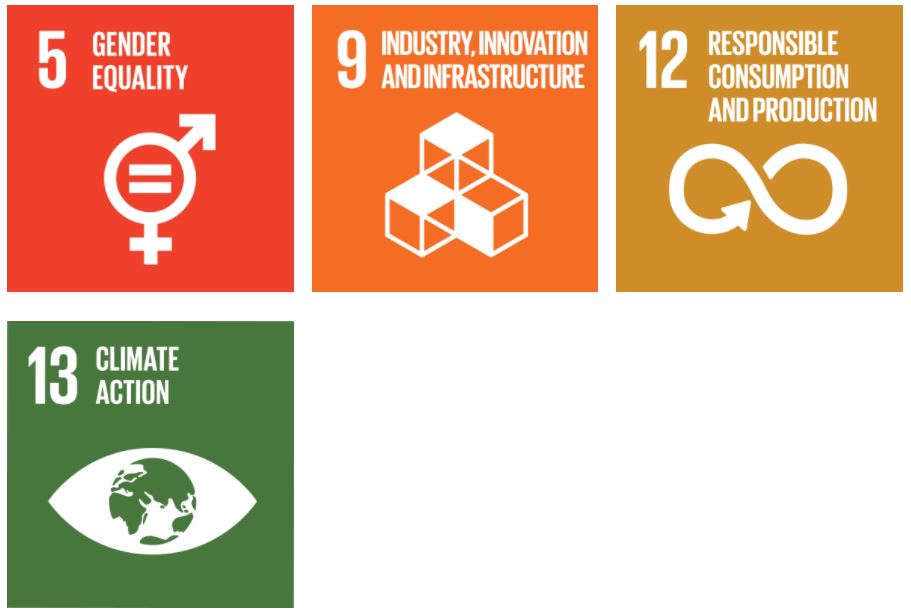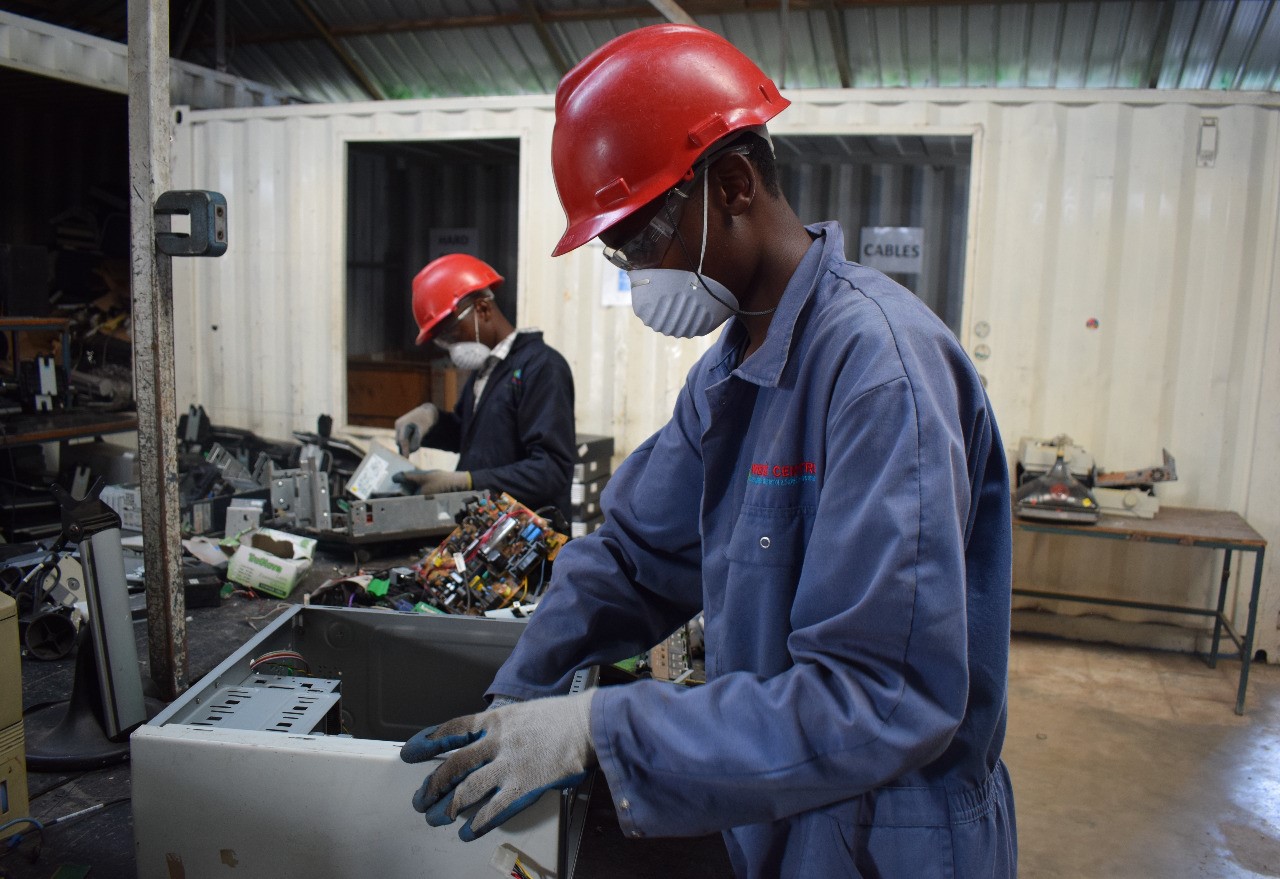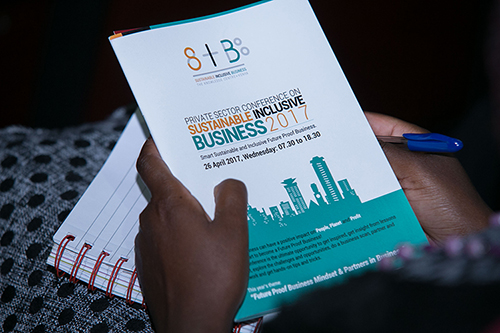Kenya has seen a significant increase in the consumption of Electrical and Electronic Equipment (EEE). Unfortunately, many EEE eventually ends up as waste since proper end-of-life processing infrastructure is lacking. To address this challenge, TNO and Sustainable Inclusive Business Kenya (SIB) are, together with CTCN and Kenyan representatives, developing an action plan for a future-proof e-waste management system, focusing on large household appliances.
Electronic Waste Has Seen an Increase in Kenya
Over the past decades, Kenya has grown into the most industrially developed nation in East Africa, which led to a largely increased middle class. A direct effect of this growth is the increasing consumption of Electrical and Electronic Equipment (EEE).
While on the one hand, the use of EEE is desirable since it can greatly enhance living standards, it becomes a problem when EEE becomes obsolete and turns into Waste Electronic Equipment (WEEE), as proper end-of-life processing infrastructure is still lacking in Kenya. This problem is further enhanced by the continuous influx of used or waste appliances from foreign countries, adding to the pile of WEEE. In 2019 alone Kenya generated more than 51.0000t of e-waste.
The Potential is There, But Infrastructure and Capacities Need to be Developed
Capacities and infrastructure to process the e-waste are currently lacking. Most e-waste is now disposed of in dustbins or worse, dumped on dumpsites, in the outdoors, or in water bodies. This is problematic in various ways. First, the dumping leads to severe environmental and health effects as e-waste contains toxic chemicals and heavy metals, which spread and accumulate in the environment when not properly processed.
Second, e-waste contains many valuable components and materials. Being able to harvest these elements can provide economic benefits, increases resource independence, and allow for a new job and market creation. Although some activities have been set up in Kenya that address e-waste, these are predominantly focused on IT equipment and mobile phones. Yet particularly large household appliances are abundant and difficult to process due to their composition.
TNO and SIB Collaborate Towards an Action Plan for Circular E-Waste Management
Against this background, TNO and SIB are developing an action plan, focused on large household appliances. This will serve as a management tool in order to create new businesses, innovation and technological transfer, generate quality employment, and combat climate change in Kenya while complying with its nationally determined contributions (NDC) and sustainable development goals (SDGs), enabling Kenya to become a leader in the field of a circular economy. Part of this action plan will be an infrastructure gap analysis and identification of management and infrastructure requirements to meet future e-waste capacities and enhance circularity.
The project is executed by an international team led by TNO and complemented by the Kenyan consultancy SIB, which has a leading role in local data gathering and strategy development. The project is granted by CTCN (Climate and Technology Center & Network), whose core focus is to promote the transfer of technologies for low carbon and climate-resilient development at the request of developing countries. The team will work in close contact with the NDE, the designated lead scientist responsible for the project on a national level.
This Project Supports the Following Sustainable Development Goals

The Press Release was first published by TNO.


